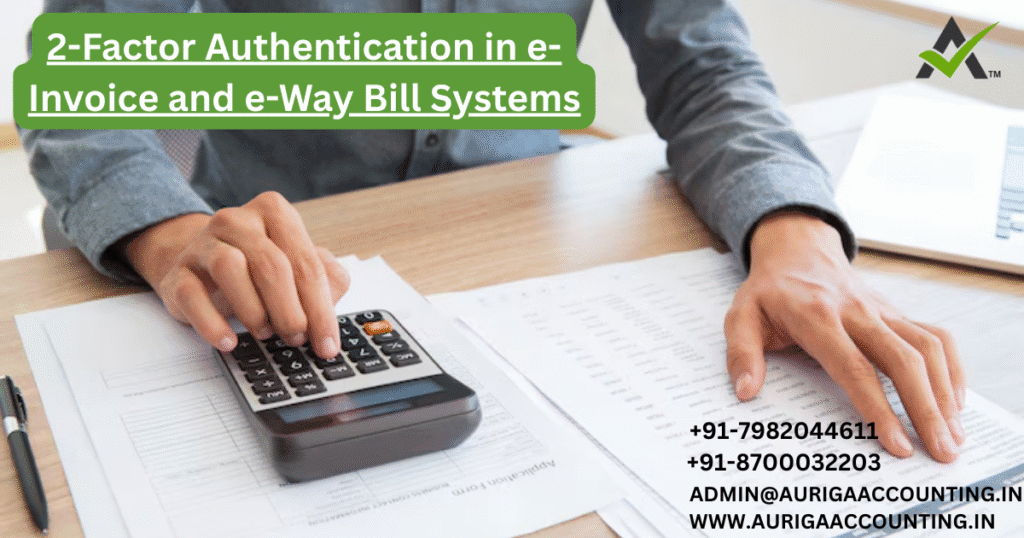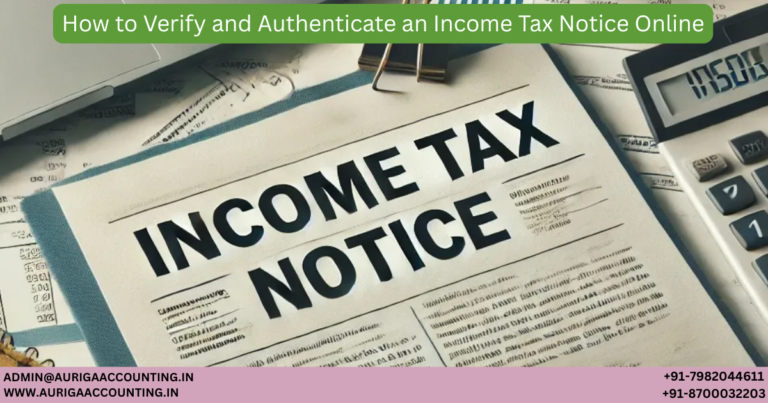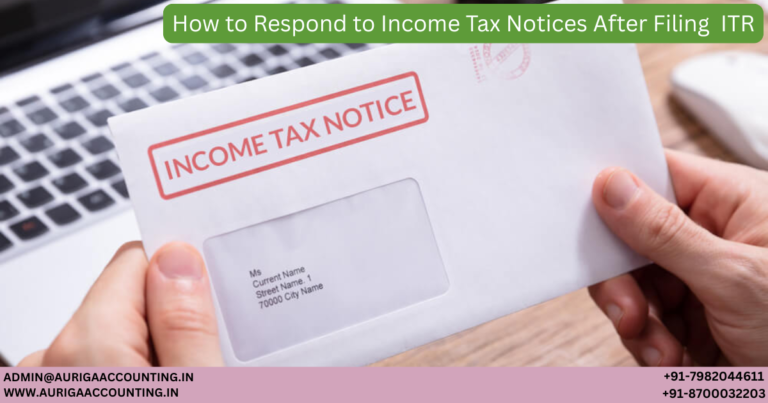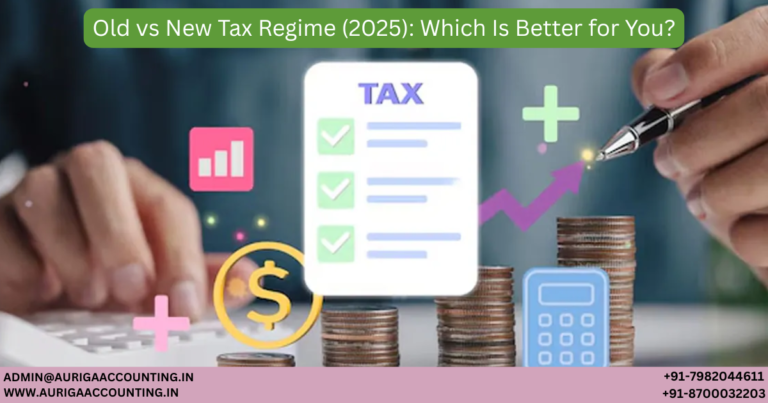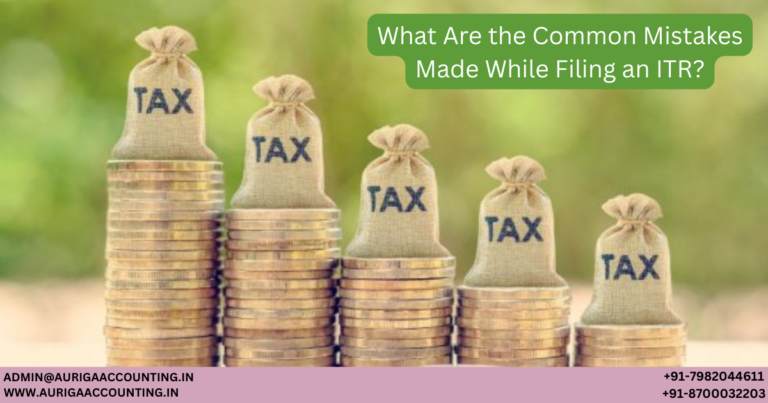To facilitate secure access, the GST e-Invoice and e-Way Bill portals offer three flexible OTP generation options:
SMS
OTP is sent to the assessee’s registered mobile number via text message.Sandes App
A secure, government-developed messaging app. Users can receive OTPs directly after registering the app with their registered mobile number.NIC-GST Shield App
A dedicated mobile app for OTP generation that works offline. Key features include:Available for download only via the official e-Invoice or e-Way Bill portals.
Requires registration using the user’s registered mobile number.
OTP is refreshed every 30 seconds.
Does not require an internet connection.
App time must be synchronized with the GST system time for OTP validation



